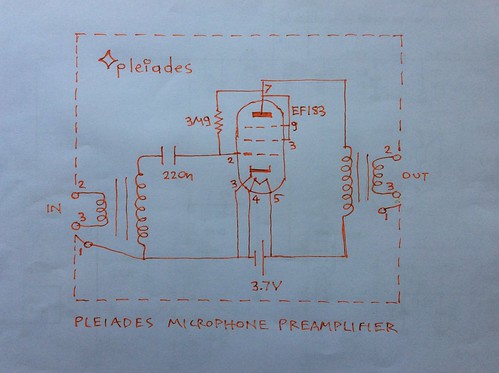It may be that what is dismissed is the preamplifier interface connection.
The dismissed mic may be a diamond.
For example:
A Grampian DP4/L may be connected to a top class Sony TC-D5 Pro transformer balanced input preamp.
Due to the very low voltage output of the 25Ω voice coil of the mic the gain at Sony may have to be turned at max. Then there is hiss. But this is not the hiss of the mic.
The sound may sound just OK but nothing really special since we cannot judge something that is almost buried in hiss. It is like finding a diamond covered with whatever making it look like something covered with mud that has to thrown away.
When a top quality low noise head amplifier is connected between the two... as we should do with a condenser capsule, for example Neumann U47...
The sound becomes a few hundred times as big. With no hiss. The Sony input level potentiometer control would need to be just at 3 out of 10 with a soft singing voice.
The sound is bass full, without bass heaviness, with excellent mid and treble detail.
If the 25ohms mic is stepped up by a transformer to say 600ohm and then feeding directly the Sony TC-D5 Pro, although it would sound louder that at 25Ω there may not be the same top class of high frequency responce due to the loading to the mic. Assuming the TC-D5 pro has an input impedance of 4Kohms, the 600ohms are loaded by 4kohms.
Whereas if a battery operated electron tube headamp is used such as the Pleiades V6 the loading is much less. Assuming a 1:10 input transformer is inside the Pleiades V6 the 25ohm voice coil is stepped up to 2.5Kohms. But the input impedance looking at the electron tube grid is 100Kohms so the loading is minimal. Also the Pleiades V6 has a very low equivalent input noise resistance meaning it is a very low noise head amp. So the turns ratio can be 1:10 even with a 25ohm microphone. A typical value of the equivalent input noise resistance may be around 2.5Kohm. Calculating from righ to left, the input transformer makes it 2500:10:10 or 25Ω, very comparable to the mic. Also the mic is loaded by 100KΩ:10:10 or only 1KΩ.
The input inductance of this particular 1:10 input transformer is only 140mH. This is a joy to wind as the Magnetec 070 ring core is wound by only 35 turns of wirewrap wire for the primaryOr input winding. This is possible as the mic is 25ohms. 25ohm and 140mH give a turnover at around 28Hz. (This is found by 25Ω:2:3.14:0.140Henries. The same low input inductance can be used for connecting to directional 200Ω mics for compensating the proximity effect. For example the AKG D1000, AKG D112, Shure Unidune III or SM57. The Sennheiser MD441 for close vocals as well as the omni MD21 can be connected. The output transformer used introduces a -3dB point at around 100Hz. It makes a very balanced flat frequency response from singer's vocal chords to listener's brain. Otherwise the sound might have been bass heavy. But it all depends on the conditions.
Signal path, setup:
Grampian DP4/L - Pleiades V6 - Sony TC-D5 Pro - Sennheiser HD580

References:
Pleiades V6 Schematic
Neumann U47 Schematic
Flat frequency response from singer's vocal chords to listener's brain, Sound Picture Recording and Reproducing Characteristics - Loye, Morgan - Jkurnal of Motion Pictures Sound Engineers
No comments:
Post a Comment